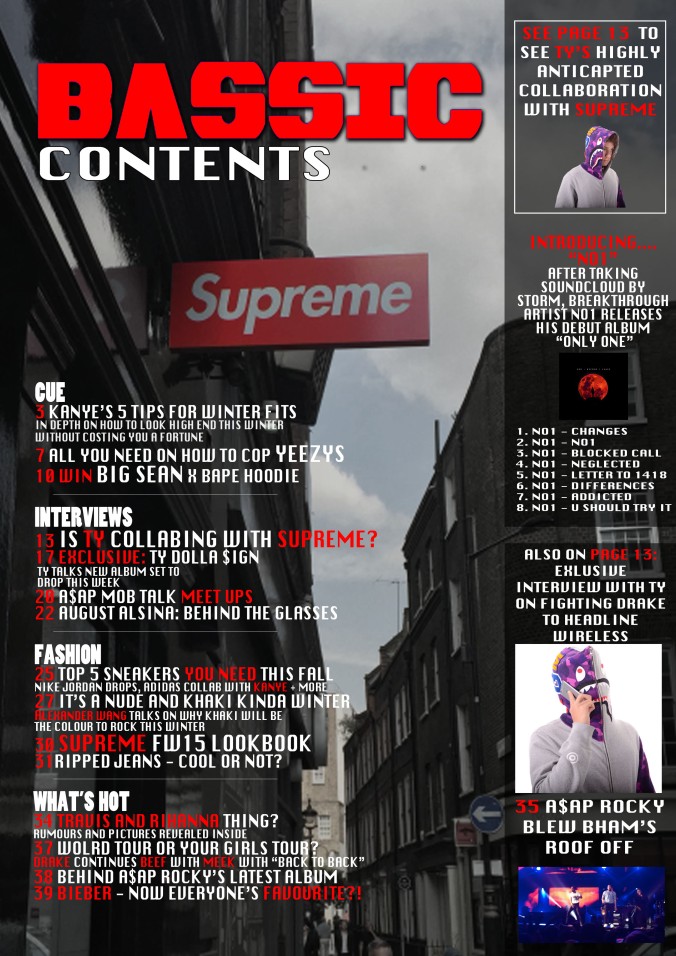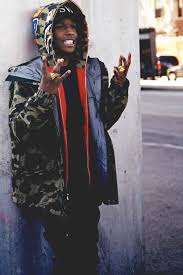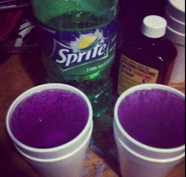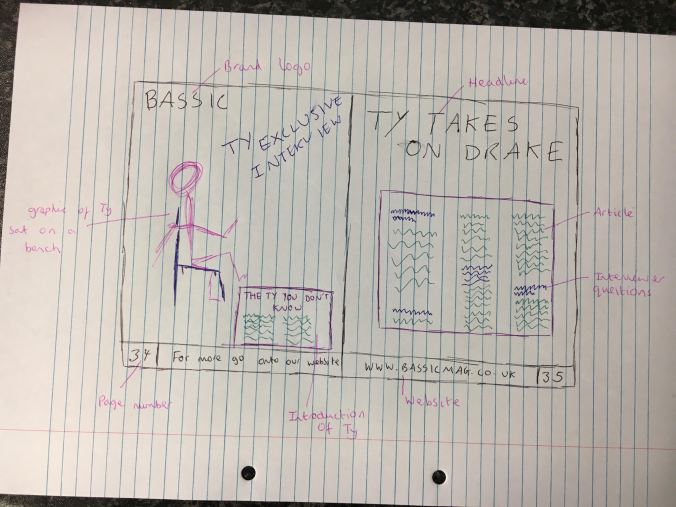Q4/5. Who are your target audience and how did you attract and address them?
The typical person buying my magazine would be male and between the ages of 16-24, females would also be enticed to buy my magazine because of the aspiring fashion aspects but a majority would be males. The lyrics in the songs would entice boys bec ause women are perceived as objects and rappers are constantly bragging about how many girls they have.
ause women are perceived as objects and rappers are constantly bragging about how many girls they have.
Young males aspire to be able to have all these girls and expensive garments; clothes, jewellery and cars and so my magazine will interest them in the aspect that they will be exclusively see what the rappers say themselves. This is part of how exclusive magazines are, as not everyone gets to ask celebrities real life questions, however my magazine it is full of interviews of stars who will intrigue young people.
Archetypal reader:
- This is Kai, Kai is the type of person I would expect to be buying my magazine – he is 19 and works part time at JD.
- His favourite artists are Big Sean Kanye West and A$AP Rocky, he went to see Rocky live last year in Birmingham and hopes to see both Rocky and Big Sean at wireless festival in the summer this year.
- Kai uses social media a lot and so follows all the artists and some of their friends such as Ian Connor on twitter so he can keep up to date with what they’re doing with their lives.

Pictured right: (Ian Connor with A$AP Rocky).
Pictured below: (Ian Connor with Kanye West).

How I engaged my potential reader:
Bape being used as the clothing on the front cover excites my audience and they know that is a very hyped brand which can be hard to get ahold of as it is made in small quantities and sold at high prices, making it very valuable and prestige – This signifies what my magazine is, a very wanted and collectable music magazine that is full of the most wanted things in the industry (hottest clothes, girls, jewellery).

Big names have been used in the cover lines as they have a large fan base, this enables me to connect with as wider audience as possible. Travis Scott and Rihanna had rumors speculating them which was highly anticipated and so I made them both the same colour and so people can recognize that I’m talking about the two’s situation.
On the contents page I have included a free album for an upcoming artist, this both promotes young artists but also readers who want a shout out are available to be featured in the magazine. This motivates readers to pursue their careers but is also a selling point as it’s free music.








 ause women are perceived as objects and rappers are constantly bragging about how many girls they have.
ause women are perceived as objects and rappers are constantly bragging about how many girls they have.










